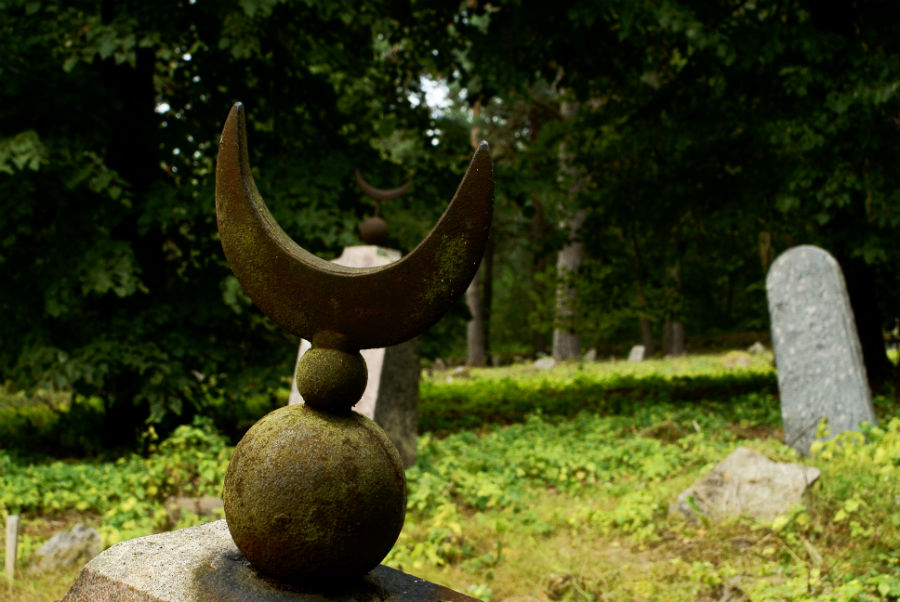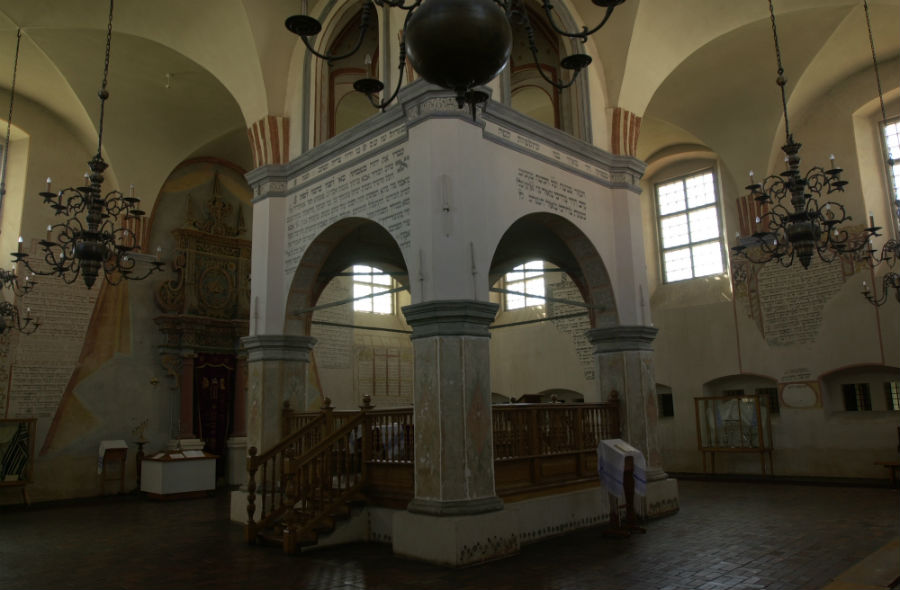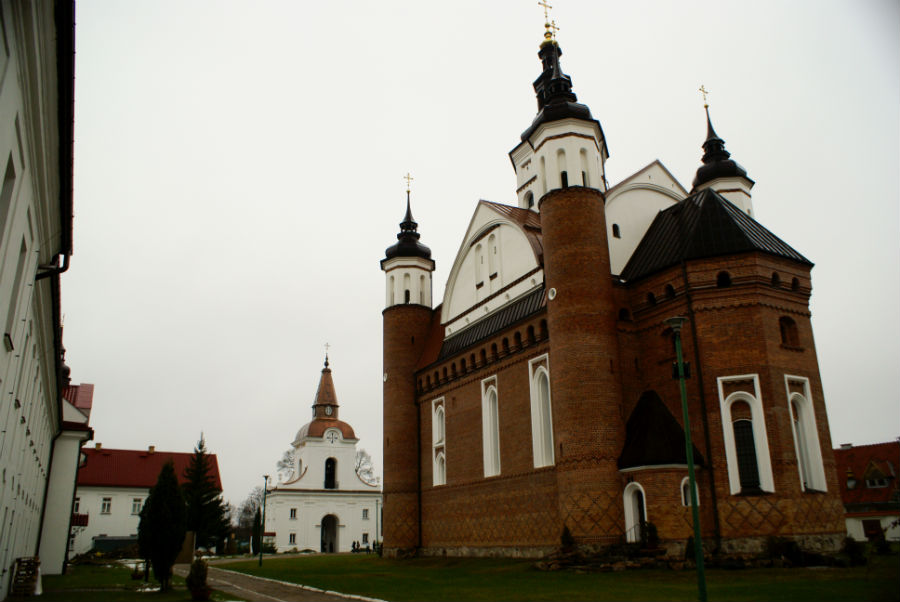- Tykocin –is a town by the river Narew, which has been developed over centuries of history by its coexisting Christian and Jewish communities. With its well-preserved urban arrangement and historical architecture, the town is known as a pearl of Baroque in Poland. It was the favorite place of Sigismundus II Augustus, King of Poland. For decades, the Tykocin Castle functioned as one the greatest fortresses in the country. In the 17th century, the War Veterans' Home (also called Alumnat) was opened in Tykocin, among the few institutions offering this kind of care in Poland. In Tykocin, you can still see one of the oldest and largest synagogues in Poland and the Baroque Church of the Holy Trinity.
- Supraśl is a beautiful health resort with over 500 years of history. It has some famous former Basilian Monastery buildings with a fortified Orthodox church, built in Gothic and Byzantine styles in the early 16th century. The Orthodox monastery buildings house a Museum of Icons with one of the largest collections of 18th, 19th and 20th century icons in Poland. Unique 16th century murals, which survived the demolition and subsequent restoration of the Orthodox Church of the Annunciation, can be found in the churchyard.

The Orient in Podlasie – two villages, Kruszyniany and Bohoniki, are the largest settlements of Polish Tatars, who have been living here since the 17th century. They are the centres of the Tatars' history and religious life, with unique wooden mosques and modern era mizars (Muslim cemeteries), not to be found anywhere else in Poland. For a visitor to Kruszyniany, it is an absolute must to try the original Tatar cuisine, particularly the Perekachevnik, Kibini pies, or the Peremiachi.





